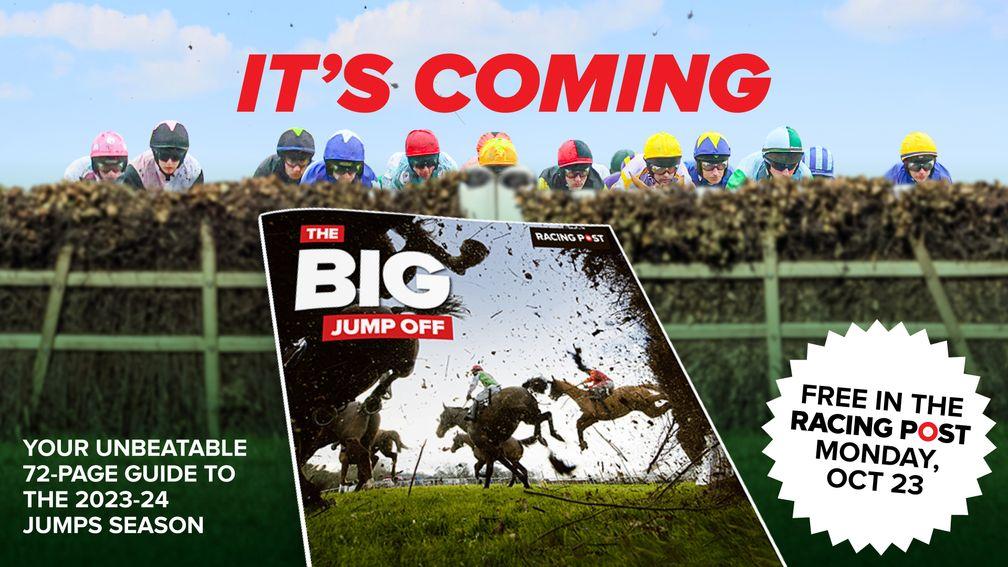Grand National: the key changes to the big race at Aintree

The Randox Grand National is to undergo the most significant revamping since the changes made to the 2012 edition of the iconic contest. Below are the key alterations for future runnings of the race . . .
The key Grand National changes
- The maximum number of runners in the Grand National will be reduced to 34 from 40, the first reduction since the 40-runner cap was established in 1984.
- The Grand National will be initiated by a standing start, rather than the horses walking into the tape. This will be the case for all races over the Grand National course during the 2023-24 season and in the future as well. The first fence will also be moved 60 yards closer to the starting point of the Grand National. This is in an attempt to reduce the speed at which horses approach the first of the 30 fences.
- The Grand National will start earlier in the day to allow for “the best possible ground conditions”. No start time has yet been announced, with discussions ongoing with ITV Racing. The Grand National start time was moved to 5.15pm in 2016 having previously been as early as 3pm when won by Rough Quest in 1996.
- The on-course parade for the Grand National will be amended so horses are no longer led in front of the stands by their groom. Horses will be released at the end of the horsewalk and then canter in front of the stands instead. Walkways in the paddock will also be widened.
- Fence 11 and 27, an open ditch, will be reduced in height by two inches (5.08cm) to 4ft 10in (147cm) from 5ft (152cm) on the take-off side, while the landing side will undergo levelling off to reduce the drop. In addition, all fences will have foam and rubber toe boards.
- Alterations will be made to the alignment of the running rail on the inside of the Grand National course to assist with the capture of loose horses, while there will be further investment in ‘pop-up irrigation’ to allow for more effective watering of the course.
- Horses with Grand National entries and have made jumping errors in 50 per cent, or more, of their last eight races will be further scrutinised by the Grand National Review Panel before being allowed to participate. The panel is composed of industry experts who assess the suitability of all horses entered in the race to run.
- The minimum rating for a horse competing in the Grand National will rise to 130 from 125. The lowest-rated runner in the 2023 Grand National was 143.
Read these next:
Grand National field size reduced to 34 as Aintree unveils major changes to big race
The big changes: the long history of safety-related improvements to the Grand National at Aintree
The wrong change at the wrong time - Grand National alterations will leave its enemies emboldened

The jumps season is coming! Pick up your copy of The Big Jump Off, packed with everything you need for the 2023-24 National Hunt season. Free in the Racing Post on Monday, October 23, 2023, it's got 72 pages of unbeatable content including ante-post tips, guest columnists, top trainer profiles, divisional analysis and much more. You can pre-order your copy from the Racing Post shop here.
Published on inGrand National festival
Last updated
- Grand National 2025: date, preview and best bets
- 'I'd love to have a crack at the Grand National' - Flooring Porter team weigh up Aintree following Listowel heroics
- 'They had no chance and kept others out' - Davy Russell believes qualifying races for the Grand National should be introduced
- Bookmakers report Grand National turnover as 'flat' compared with last year
- 'It's a different feeling, it's unique, it's the Grand National' - Aintree hero I Am Maximus gets a huge homecoming welcome
- Grand National 2025: date, preview and best bets
- 'I'd love to have a crack at the Grand National' - Flooring Porter team weigh up Aintree following Listowel heroics
- 'They had no chance and kept others out' - Davy Russell believes qualifying races for the Grand National should be introduced
- Bookmakers report Grand National turnover as 'flat' compared with last year
- 'It's a different feeling, it's unique, it's the Grand National' - Aintree hero I Am Maximus gets a huge homecoming welcome